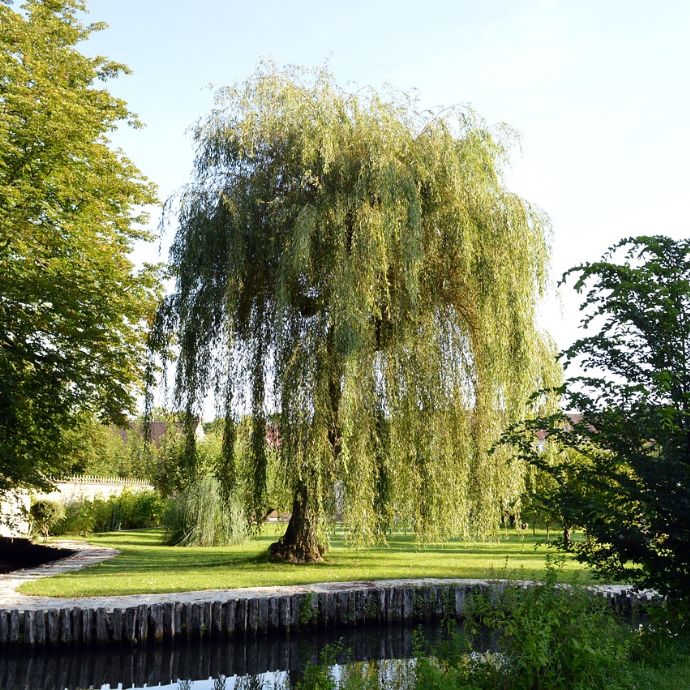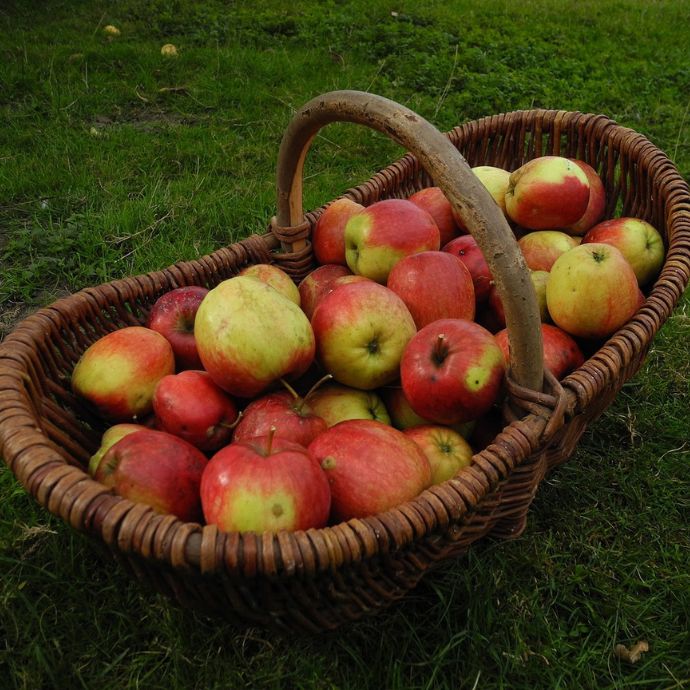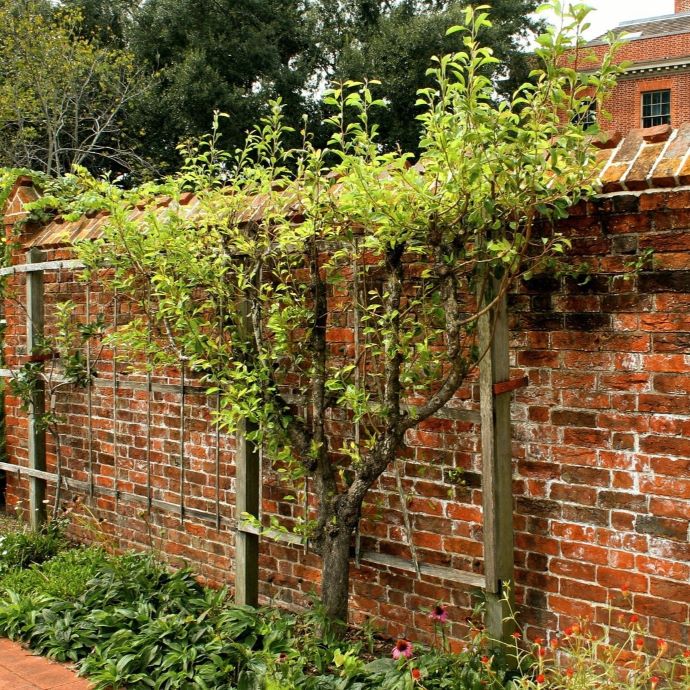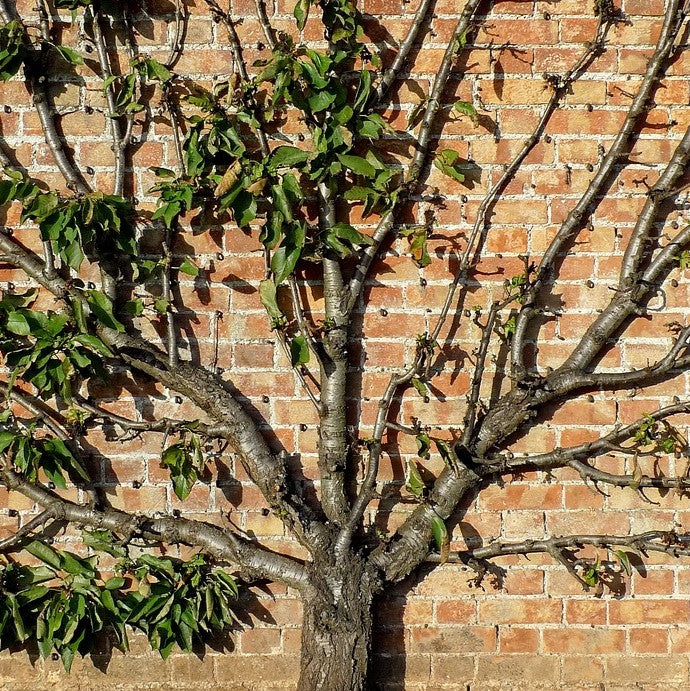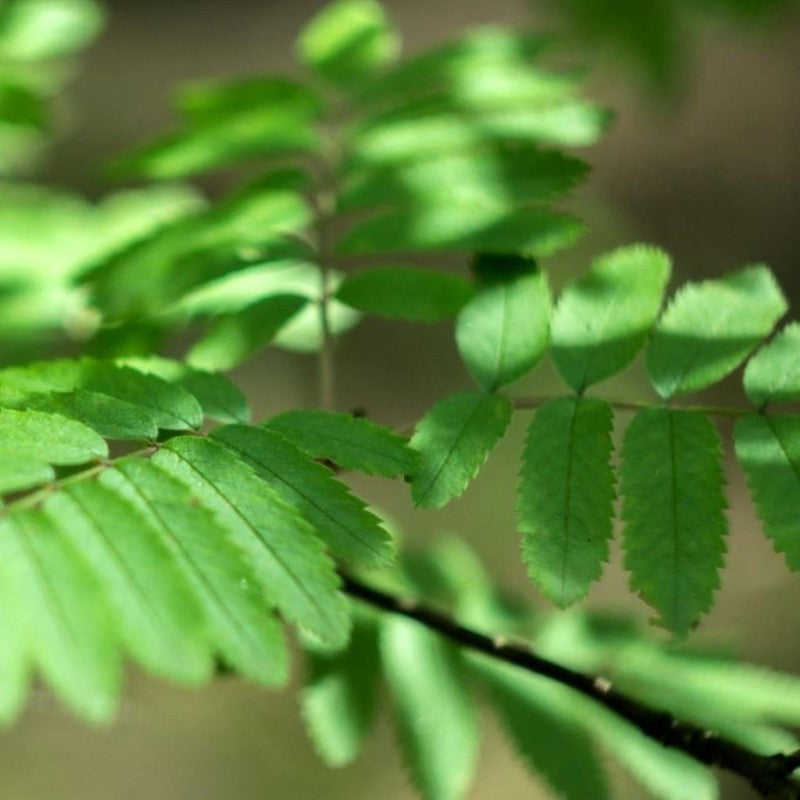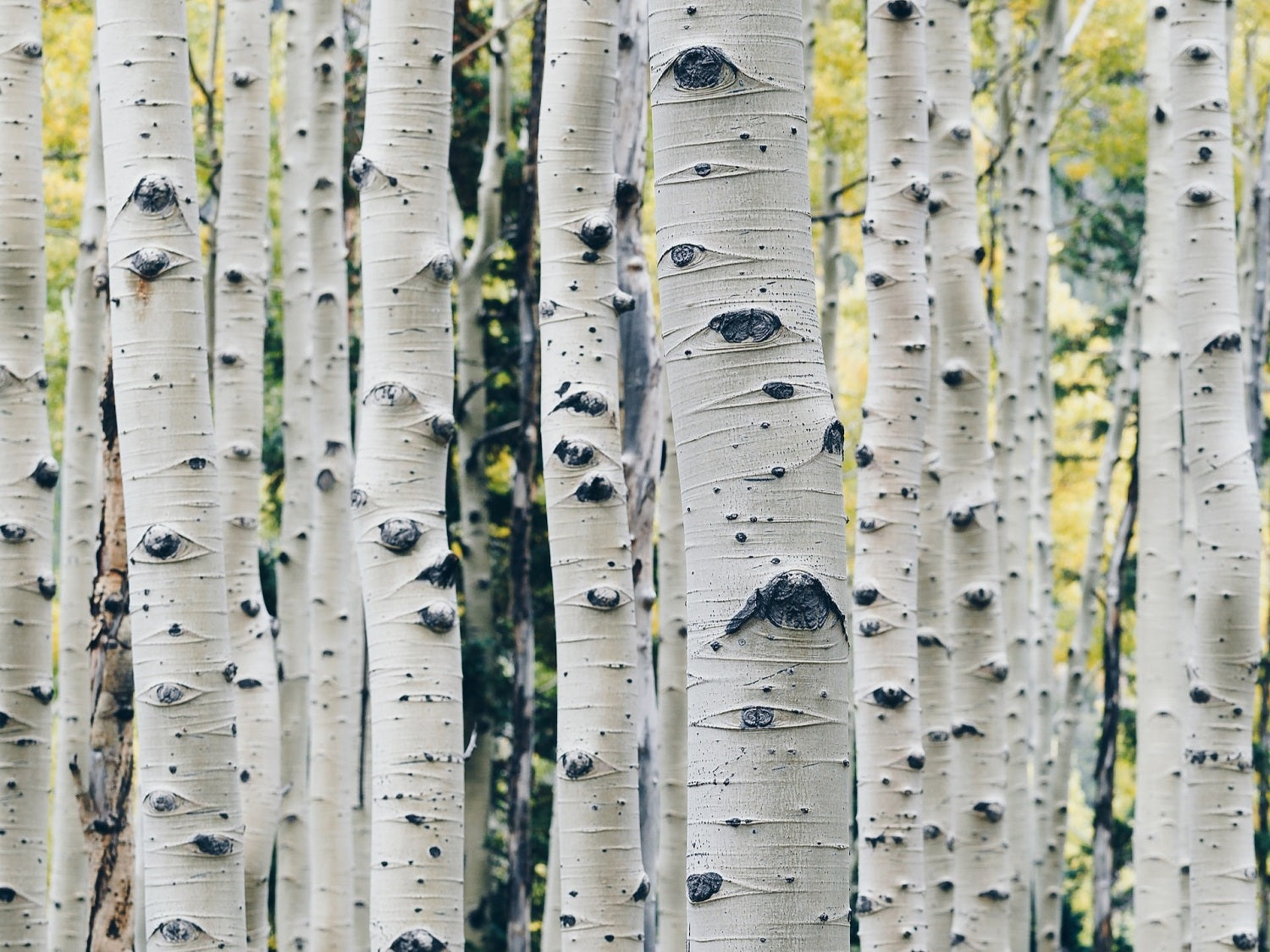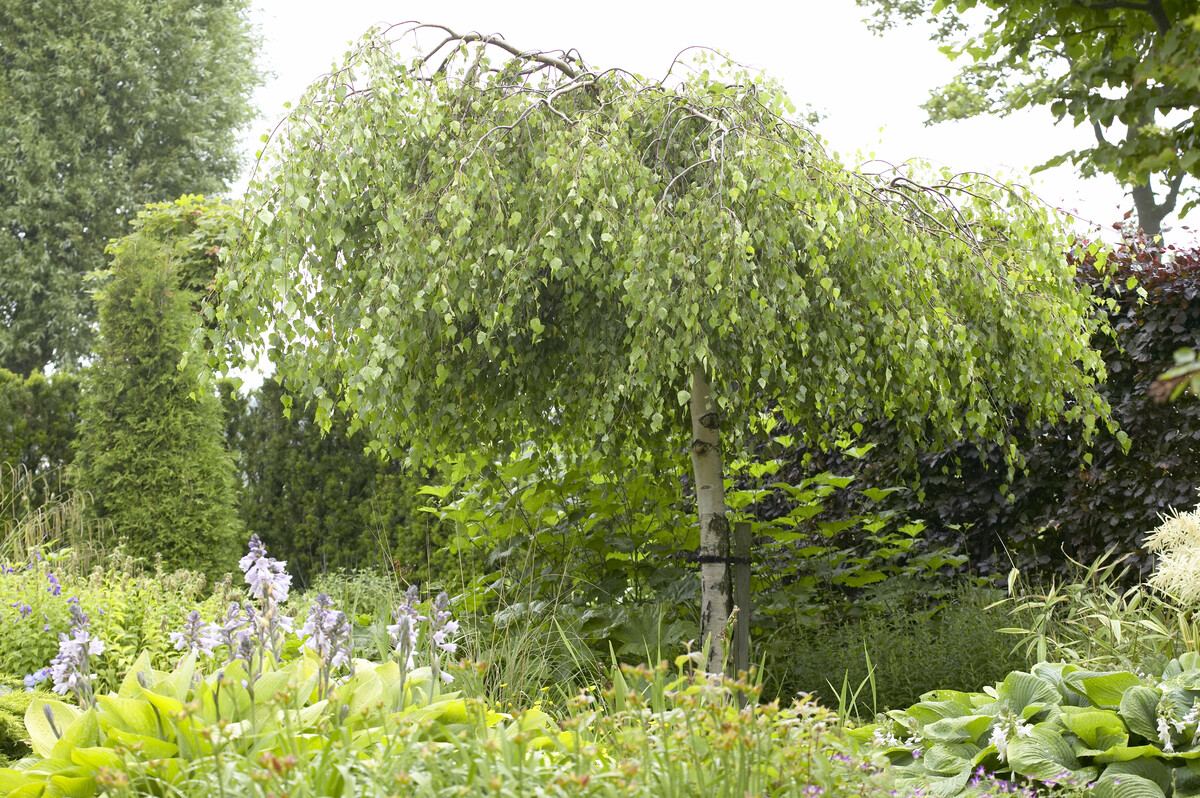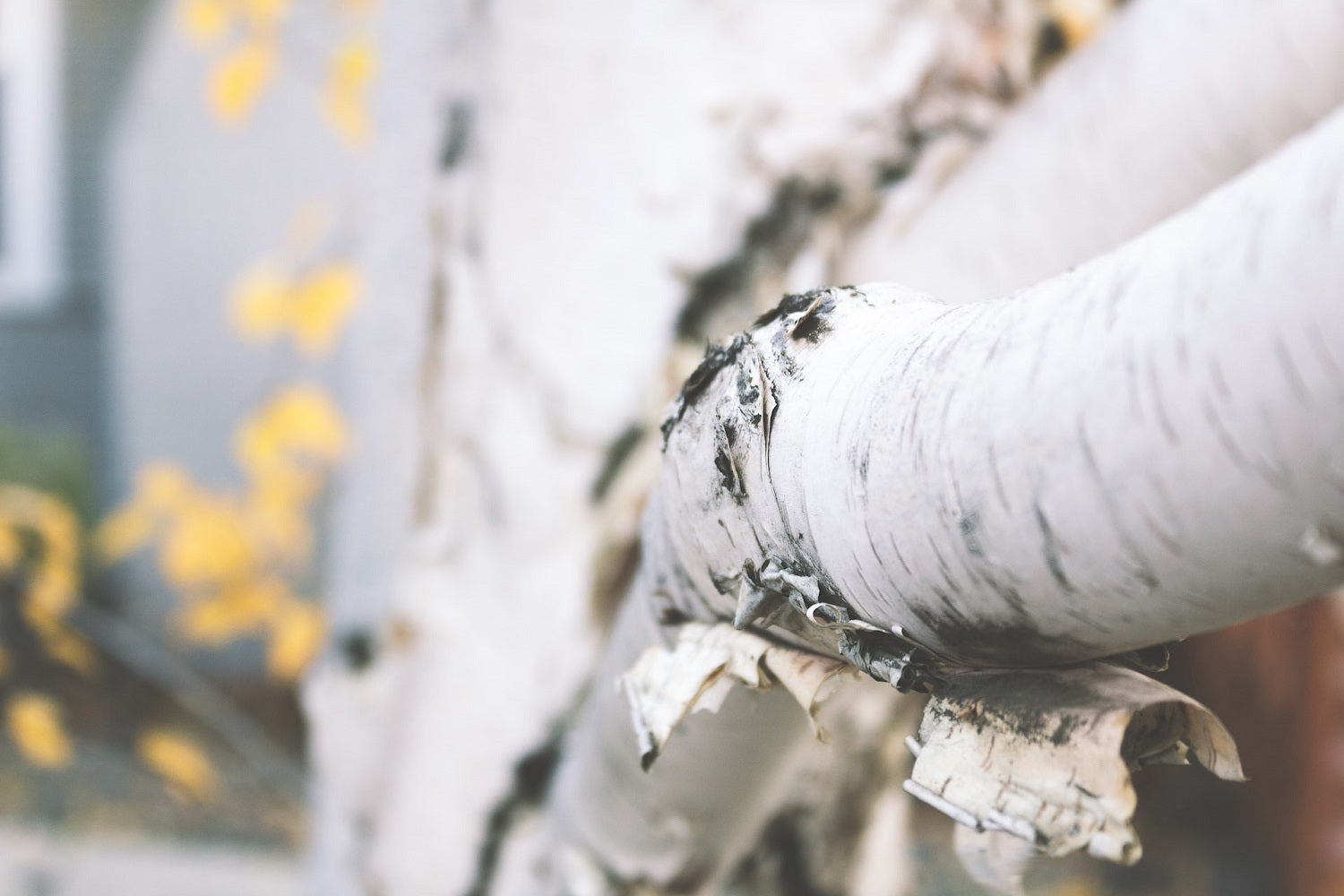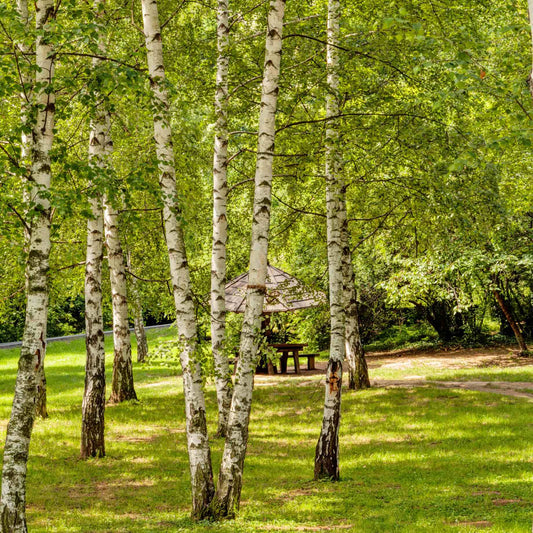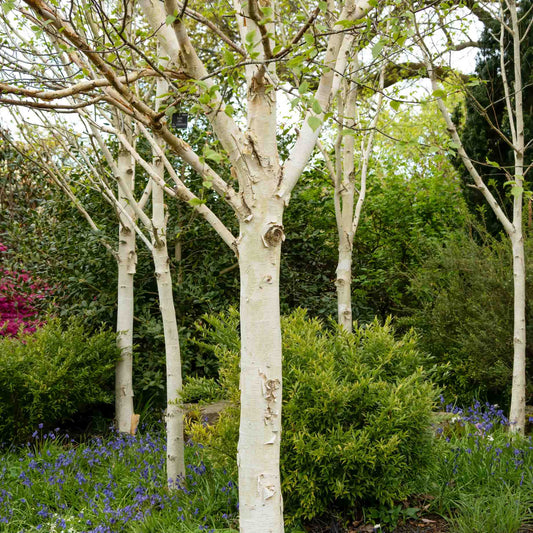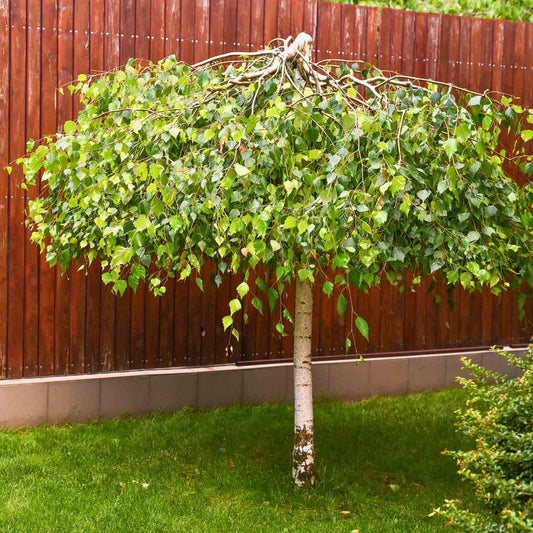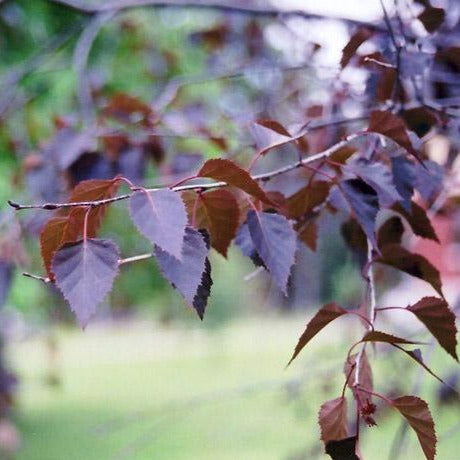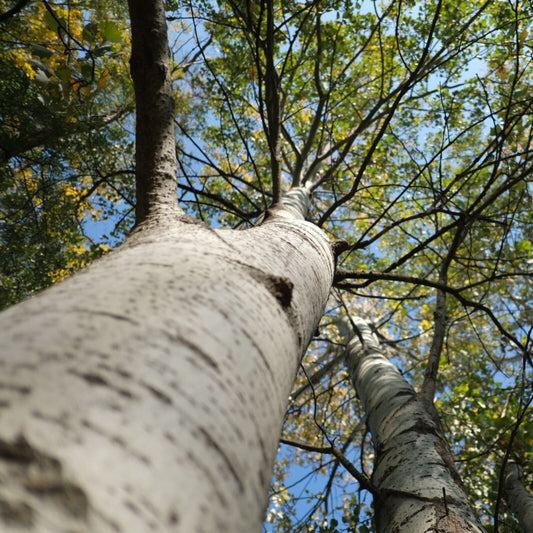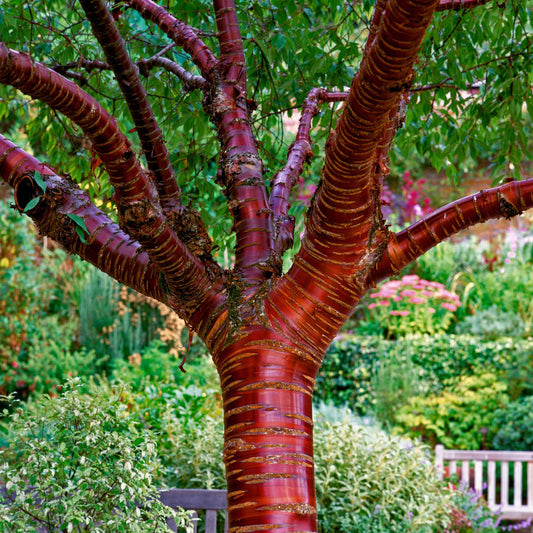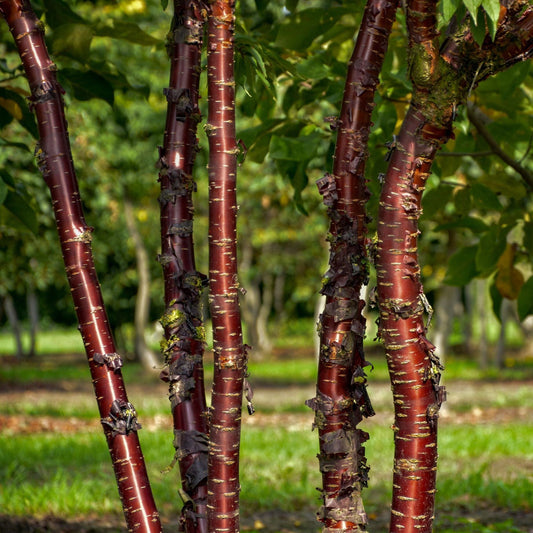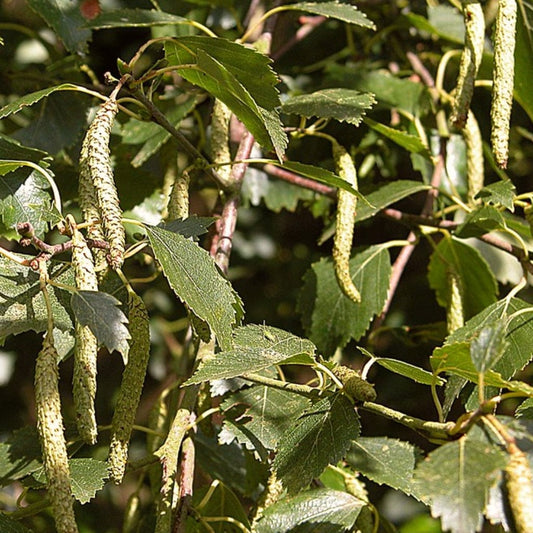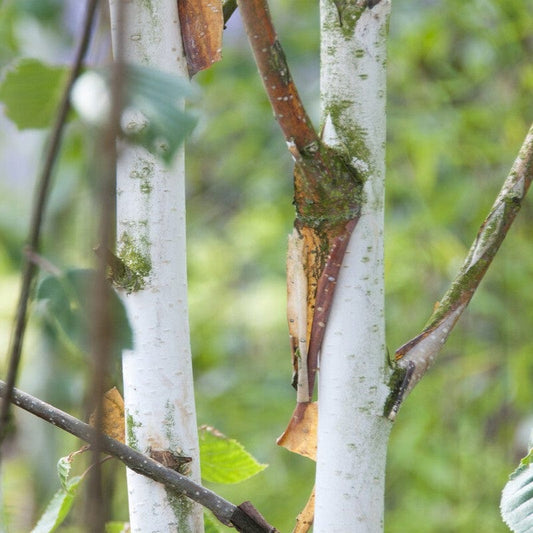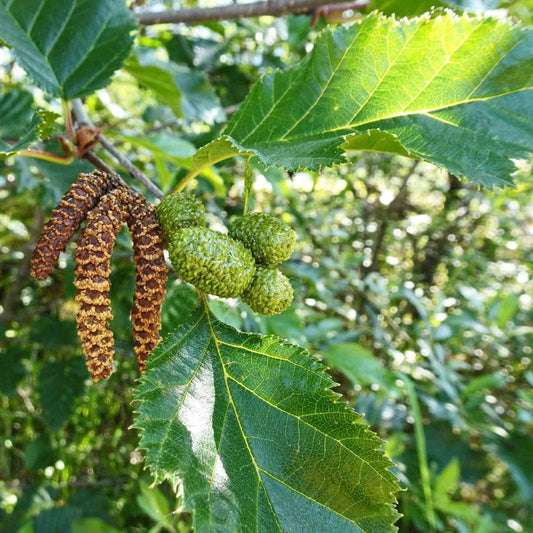Best Birch Trees: Grower’s Recommendations
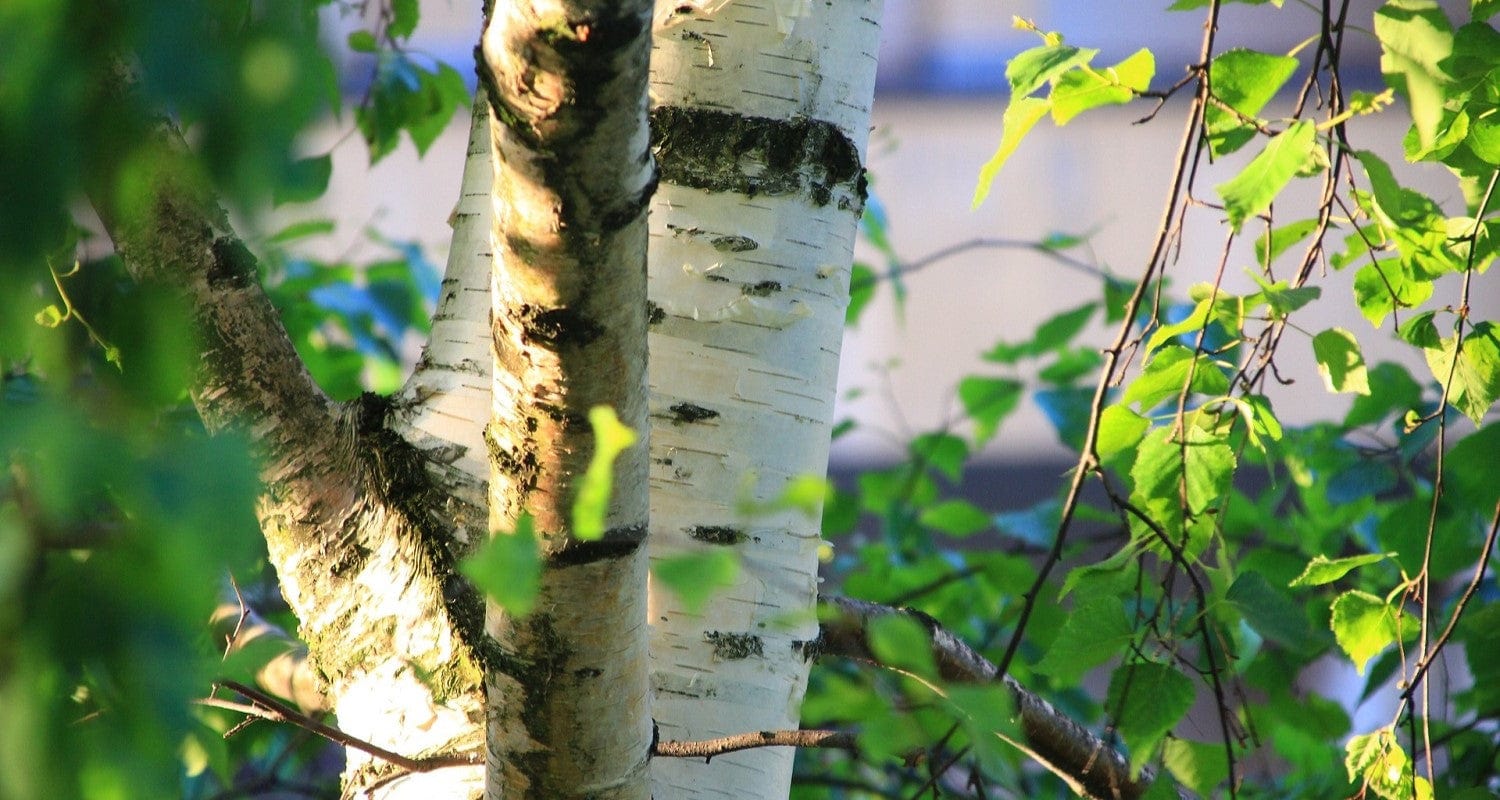
Birch trees (Betula) are instantly recognisable and effortlessly cool. Whether they gather in small groups or stand alone, these tall, slender and statuesque trees give instant atmosphere to gardens, woodlands and Scandi Noir movies. They’re known for their ability to thrive in even the coldest places, their eye-catching bark and their value to wildlife. Birches are also highly disease resistant, tolerant of poor soil and drought tolerant once established, making them an excellent low maintenance choice for gardens of all sizes and situations. We asked our growers to pick their best Birch tree choices for bark, autumn colour, small gardens and more - they also shared some useful insider tips on how to look after them.
Jump to:
- Best for wildlife
- Best for bark
- Best for small gardens
- Best for autumn colour
- Best for fast growth
- How to get the most from your Birch tree
Which Birch tree is the best for your garden?
These are the varieties recommended by our growers.
Best for wildlife: Silver Birch
The iconic Silver Birch supports over three hundred species of insects, many diverse fungi and birds including siskins, redpolls and greenfinches, while hole-nesting birds such as woodpeckers make their homes in the trunk. The bright green leaves form a light, airy canopy which is ideal for underplanting with bluebells and other woodland plants, before turning golden yellow in autumn. The main attraction is the unmistakable silver-white bark which develops dark fissures with age.
Best for bark: Himalayan Birch
All Birch trees have beautiful bark, but our favourite is the Himalayan Birch, with its intensely white, peeling trunk. The vibrant green leaves turn lemon yellow before they fall, leaving the haunting silhouette of the bare tree’s architecture as the centrepiece of your winter garden. Plant with red-barked trees such as Tibetan Cherry or Coral Bark Acer for maximum effect. Himalayan Birch is fully hardy and will tolerate virtually any growing conditions.
Best for small gardens: Weeping Silver Birch
Weeping Silver Birch is a small and shapely tree with a compact, domed crown and elegantly sweeping branches. Growing to just 4 x 4m, it can be pruned to fit any size of garden and looks particularly striking in a lawn or as the backdrop to summer perennials and flowering shrubs in a border. Youngii’s branches are covered in sunny yellow catkins in spring before the leaves come in, and the smooth, creamy white bark looks particularly striking in the winter landscape.
Best for autumn colour: Crimson Frost Silver Birch
Probably the most colourful Birch you can get, Crimson Frost makes a perfect feature tree on its own or as a planting partner for varieties with green foliage. Its leaves are maroon to dark purple throughout spring and summer, transforming into a riot of oranges, yellows and reds in the autumn before they fall, revealing the creamy white bark in all its glory. This being Crimson Frost, the bark changes colour too, taking on cinnamon then deep brown tones as it matures.
Best for fast growth: Paper Birch
Paper Birch is a classically tall and slim variety with thin, reddish-brown exfoliating bark which matures to silvery-white and looks like sheets of paper when it peels away from the trunk. It grows very vigorously for its first 12-15 years, putting on as much as 60cm of growth per year and reaching an impressive 30m tall in the right conditions. Paper birch leaves also have attractive colouring, with sage green on top and silvery-grey beneath, giving them an attractive shimmer in the breeze.
How to get the best from your Birch tree
1. Position
Birch trees are happiest in moist, well drained soil in full sun or dappled shade. They’re extremely hardy and can tolerate exposed, windy sites, dry or wet conditions.
Plant them as single specimens or in small, close groups. If you have the space, several birches with different bark colours planted together produce a highly effective contrast.
2. Pruning
Birches generally need only light pruning, and this should only be done when the tree is dormant between late summer and mid winter. Pruning at any other time will cause the tree to bleed sap, which can weaken or even kill it.
When the tree is young (under three years), remove any stray shoots growing low down on the trunk to prevent them forming unsightly branches. Leaving a clear 2m of trunk at the base of the tree will encourage the slender form for which birches are prized.
Prune out any diseased or damaged wood, as well as any stems that cross another or are at a very narrow angle to the main stem. Established trees do not need regular pruning.
3. Watering
Birch trees grow best in moist soil, so they’ll need regular watering in their first year, especially in summer. Once the tree has established a full root system you won’t need to water it except during very hot, dry summers.
4. Bark care
Many birch trees have peeling bark. I know it’s tempting, but try not to give it a helping hand! If the loose bark peelings come away without pulling, you won’t do any harm, but avoid pulling it as this can damage the new bark below the surface.
Occasionally you might get some algae on the trunk, which you can clean off with a soft cloth in winter to improve the tree’s appearance. Try to leave any lichens or mosses on the branches though, as these are a valuable part of the tree’s ecosystem.
Last updated: 16/09/2024

